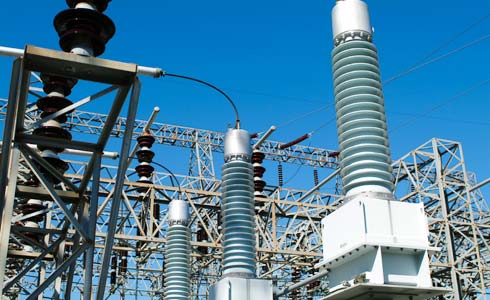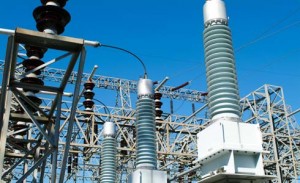
Can the Smart Grid Solve America’s Forthcoming Electricity Problem?
An ASP blog post published last year highlighted the vulnerability of America’s current power grid structure, one that is susceptible to electricity failure due to the effects of strong storms and natural disasters. One recent example of this happened when Hurricane Sandy tore through much of the Mid-Atlantic and Northeast region, knocking down tree branches and power lines and leaving up to 6.5 million people without power in its immediate wake.
The fragility of American power lines is a short-term issue for electricity service that needs to be addressed, but a more important issue lies in the long-term. Due to increased electricity demands, by the year 2050 all present-day American electricity generation power plants will need to be replaced. Given the enormous turnover in electricity generation that must take place in the coming years, it is imperative that the United States makes upgrades to the electricity grid as well.
To that end, there are high hopes that building a “Smart Grid” can improve energy efficiency and better incorporate intermittent sources of clean energy.
What exactly is the Smart Grid? Simply put, it is a computerized electrical grid that allows for a more efficient and sustainable electricity flow between utilities and consumers. Elaborating further on this definition, the Department of Energy states that, “a key feature of the smart grid is automation technology that lets the utility adjust and control each individual device or millions of devices from a central location.” It also utilizes two-way digital communication technology to allow the grid to communicate with various devices used by consumers, to determine such things as electricity distribution and cost.
Utilities would have access to consumers’ electricity usage and other information from their base locations, and they could then power down individual appliances during peak demand. Consumers could get instantaneous information on pricing and trends in overall electricity usage, which would allow them to use appliances when they are cheapest. The United States could potentially make big gains on energy efficiency if the Smart Grid becomes widely used.
As the article produced by the Department of Energy notes, the current power grid structure relies on utilities to send out workers to gather data on electricity devices. The Smart Grid, employing computerized technology, could potentially render this form of data gathering obsolete. It would also be cost-effective for utilities: for every dollar spent, $4 to $5 can be potentially returned in the form of electricity savings, job growth, and productivity.
There are several other benefits (and problems) associated with the Smart Grid that will be discussed in a later post. Since 2009, the Department of Energy has allocated nearly $700 million to the research and development of the Smart Grid as part of the Smart Grid Demonstration Program. Time will tell if this is both an astute and profitable investment.







[…] Can the Smart Grid Solve America’s Forthcoming Electricity Problem? […]
[…] have a national grid is sitting here in the year 2014 with extraordinary possibilities of building new energy connections, new energy production, new energy sourcing. If Cape Wind ever gets built in Massachusetts, it […]